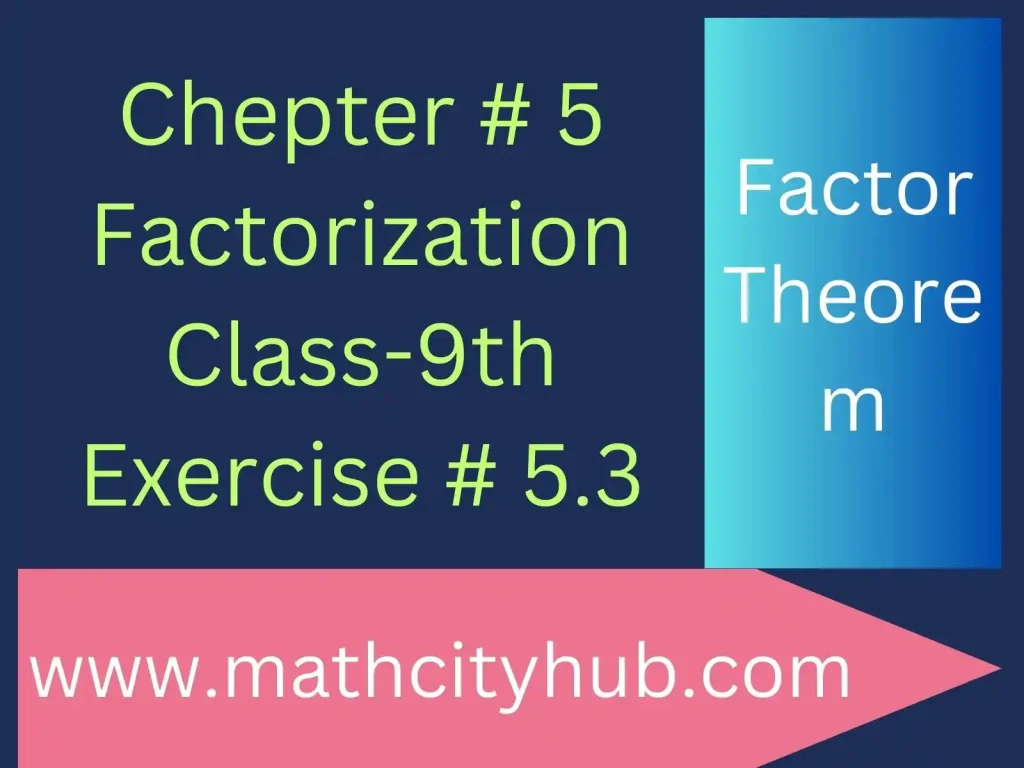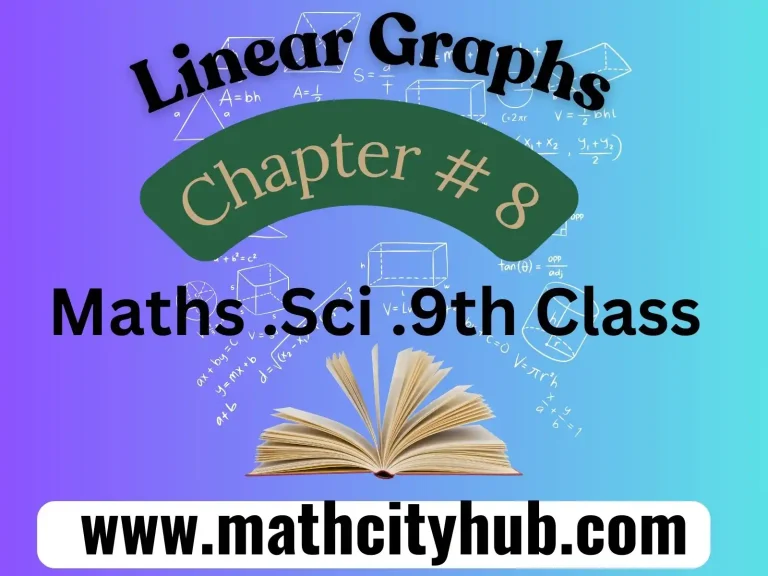The Remainder Theorem is a fundamental concept in algebra and polynomial mathematics that provides a systematic approach for determining the remainder when a polynomial is divided by a linear factor.
This theorem is a valuable tool in polynomial division and serves as a bridge between algebraic expressions and their roots.
The essence of the Remainder Theorem lies in its ability to simplify complex polynomial computations by focusing on the residual term after division.
At its core, the theorem establishes a relationship between the values of a polynomial at a given point and the remainder obtained when the polynomial is divided by a corresponding linear factor.
By leveraging this connection, mathematicians can efficiently evaluate polynomials, determine factors, and make insightful conclusions about the properties of functions.
This theorem plays a pivotal role in various branches of mathematics and is frequently employed in calculus, algebraic geometry, and computer science.
Understanding the Remainder Theorem not only facilitates the manipulation of polynomials but also enhances one’s ability to analyze and interpret the behavior of functions.
In this introduction, we will delve into the key principles of the Remainder Theorem, exploring its applications and significance in the realm of mathematical theory and problem-
The Factor Theorem stands as a cornerstone in algebra, providing a powerful and systematic method for understanding the factors of a polynomial and unraveling the intricacies of polynomial equations.
This theorem is a natural extension of the concept of roots and plays a pivotal role in algebraic factorization, offering a structured approach to unraveling the mysteries encoded within polynomial expressions.

At its essence, the Factor Theorem establishes a direct connection between the roots of a polynomial and its factors. It asserts that if a polynomial evaluates to zero for a particular value, then the polynomial is divisible by the corresponding linear factor.
This elegant relationship simplifies the process of factorization and enables mathematicians to uncover the building blocks of complex polynomial expressions.
The Factor Theorem serves as an indispensable tool in algebraic analysis and problem-solving, offering a methodical pathway to determine factors and comprehend the structural composition of polynomials.
Its applications extend beyond pure algebra, finding utility in diverse mathematical domains, including calculus, number theory, and abstract algebra.
In this exploration of the Factor Theorem, we will delve into its underlying principles, examine its applications, and appreciate its significance in the broader landscape of mathematical theory and computation.

Explanation:
Remainder Theorem:
The Remainder Theorem is a fundamental concept in algebra that provides a concise method for determining the remainder when a polynomial is divided by a linear expression of the form (x – a). Mathematically, if P(x) is a polynomial, then according to the Theorem:
Remainder=P(a)
In simpler terms, if we substitute the value of px with pa in the polynomial q(x)P(x), the result is the remainder when q(x)P(x) is divided by (p−a)(x−a). This theorem is particularly useful for evaluating polynomials at specific points and plays a crucial role in polynomial long division.
The practical application of the Remainder Theorem extends to various mathematical and scientific domains. For example, in engineering, it can be employed to analyze systems and solve equations. Additionally, it provides a computational shortcut, saving time and effort in polynomial manipulations.

Factor Theorem:
The Factor Theorem is closely related to the Remainder Theorem and provides a bridge between the roots of a polynomial and its factors. Specifically, the Factor Theorem states that if P(x) is a polynomial and (x−a) is a factor of P(x), then P(a)=0.
In other words, if pa is a root (zero) of q(x)P(x), then (p−a)(x−a) is a factor.
Mathematically, the Factor Theorem can be expressed as follows:
P(x)=(x−a)⋅Q(x)
where p(x)Q(x) is another polynomial. This theorem is instrumental in polynomial factorization. By identifying the roots of a polynomial, one can determine its factors, facilitating the process of breaking down complex polynomials into simpler forms.
The Factor Theorem is extensively applied in solving equations and understanding the structure of polynomial functions. It provides a methodical approach to finding factors and roots, aiding in both theoretical mathematical explorations and practical problem-solving in various scientific disciplines.
In summary, both the Theorems are indispensable tools in algebra, offering elegant solutions to problems related to polynomial evaluation, factorization, and root-finding.
Their applications extend beyond theoretical mathematics, playing vital roles in diverse fields where polynomial analysis is essential.

Questions & Answers
Answer: The Remainder Theorem is a mathematical principle that states that when a polynomial is divided by a linear expression of the form (x – a), the remainder is equal to the value of the polynomial at x = a.
Answer: Mathematically, the Remainder Theorem is expressed as follows:
If P(x) is a polynomial, then when P(x) is divided by (x – a), the remainder is P(a).
Answer: The Remainder Theorem provides a shortcut for evaluating polynomials at specific values and helps in polynomial division, simplifying the process by directly giving the remainder.
Answer: The Factor Theorem is a corollary of the Remainder Theorem. It states that if a polynomial P(x) has a factor of the form (x – a), then P(a) equals zero.
Answer: The Factor Theorem is closely related to the Theorem. If (x – a) is a factor of P(x), then the Remainder Theorem implies that P(a) is the remainder when dividing P(x) by (x – a), and since (x – a) is a factor, the remainder is zero.
Answer: Yes, the Factor Theorem is a useful tool for finding factors of a polynomial. By identifying values of x (zeros or roots) for which P(x) equals zero, one can determine factors of the form (x – a).
Answer: In problem-solving, these theorems are used to simplify polynomial expressions, find factors, and solve equations. The Remainder Theorem helps evaluate polynomials efficiently, while the Factor Theorem aids in identifying factors and roots.
Answer: The Remainder Theorem is specific to linear divisors of the form (x – a). For non-linear divisors, more general techniques, such as synthetic division or polynomial long division, are used to find remainders.
Answer: Both the Remainder Theorem and Factor Theorem play crucial roles in polynomial factorization. They provide insights into the properties and roots of polynomials, facilitating the factorization process.
Answer: Yes, these theorems find applications in various fields such as engineering, physics, and computer science. They are used to analyze systems, solve equations, and model real-world problems involving polynomial functions.

Conclusion
In conclusion, the Remainder and Factor Theorems are powerful tools in the realm of polynomial algebra, providing valuable insights into the properties and behavior of polynomials.
The simplifies the process of polynomial evaluation, offering a concise method for finding remainders when a polynomial is divided by a linear expression of the form (x – a). This theorem not only streamlines calculations but also has practical applications in various mathematical and scientific disciplines.
The Factor Theorem, closely connected to the Remainder Theorem, extends its utility by linking the roots (zeros) of a polynomial to its factors. By identifying values of x for which the polynomial evaluates to zero, one can determine factors in the form of (x – a).
This theorem becomes an indispensable tool in polynomial factorization, aiding in the decomposition of complex polynomials into simpler, more manageable forms.
Both theorems play pivotal roles in problem-solving, providing shortcuts for polynomial manipulation and aiding in the discovery of factors and roots.
These mathematical principles are not confined to theoretical exercises but find real-world applications in fields such as engineering, physics, and computer science. Through their application, the Remainder and Factor Theorems contribute to a deeper understanding of polynomial functions and their relevance in diverse areas of study and application.
Must Read:
Exercise.2.2: Properties of Real Numbers
Exercise.2.3: Radicals And Radicands
Exercise.2.4: Law of Exponents/ Indices
Exercise.2.6: Basic Operations on Complex Numbers
9th-Math-Ch-2-Review: Real And Complex Numbers
Exercise.3.1: Scientific Notation
Exercise.3.2: Common and Natural Logarithm
Exercise.3.3: Laws of Logarithm
Exercise.1.6: Solution Of Simultaneous Linear Equations
Exercise.1.5: Multiplicative Inverse a Of Matrices
Exercise.1.4: Multiplication Of Matrices
Math Full book 9th Class
Exercise # 5.3
Azam Bodla
M.Phil. Mathematics, Content Writer, SEO Expert
Web Developer, Online Tutor
Call or WhatsApp: +923059611600
Gmail:azambodlaa@gmail.com






